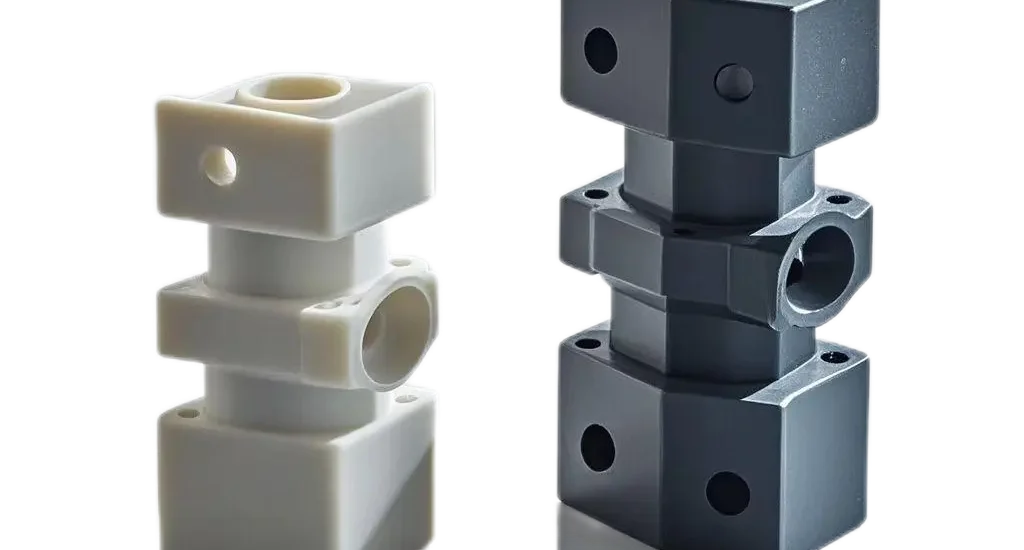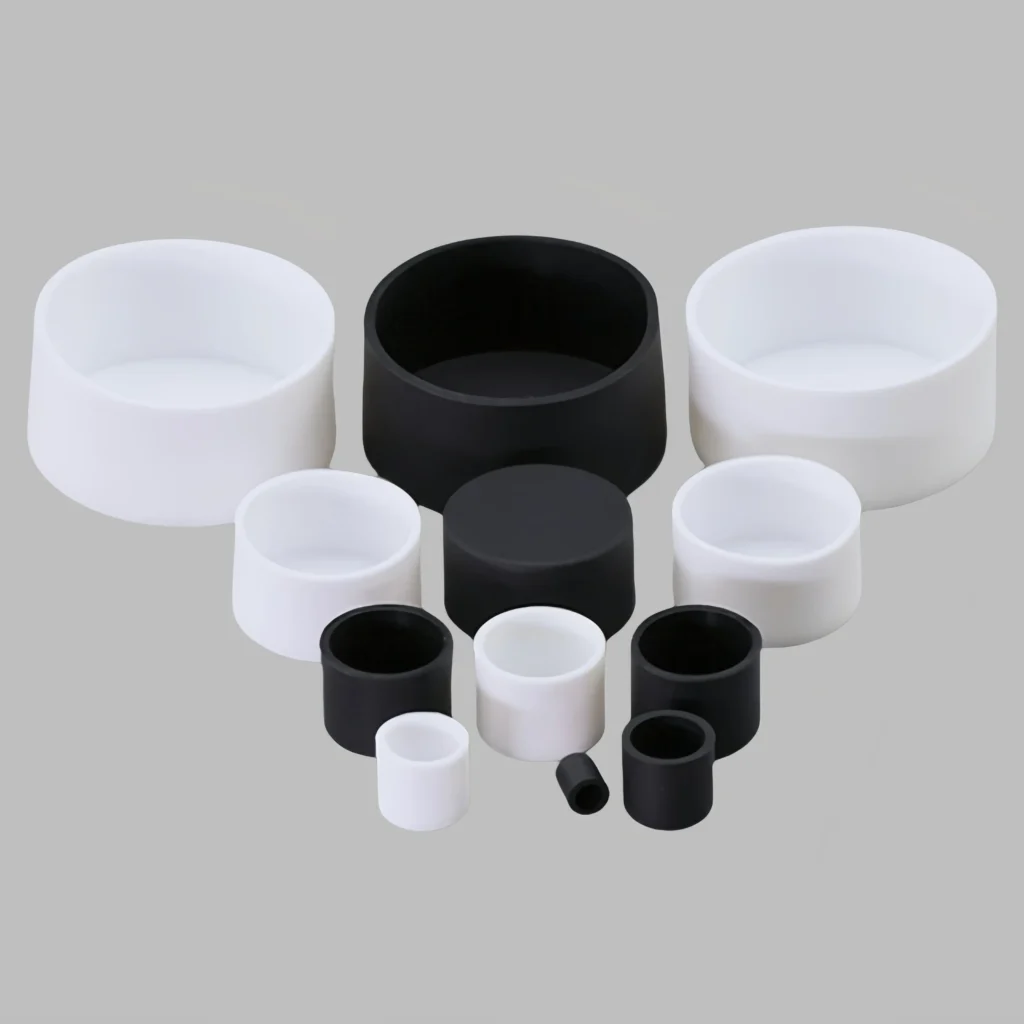- June 24, 2025
- Posted by: feinuojixie
- Category: Injection Molding News


Take a moment to look around you. From the chair you sit on to the device you’re reading this on, plastic product is likely playing a role. It’s in your toothbrush, your fridge, your credit card, and even your car’s dashboard. Though it rarely captures our attention, plastic product has quietly become the material that supports almost every aspect of daily life.
Its rise wasn’t accidental. Born out of the need for affordable, adaptable, and scalable materials, plastic product quickly filled gaps in industries ranging from packaging to aerospace. It is lightweight yet strong, moldable yet durable, cheap yet versatile. These properties make it not just useful—but indispensable.
Yet, the story of plastic product is more than one of convenience. It’s a story of innovation, globalization, and now, urgent reinvention. As society begins to confront the environmental cost of its overreliance on plastic, a new chapter is being written—one that redefines what this material can be and how responsibly it can be used.


Plastic Product in the Home: Comfort, Convenience, and Cost-Effectiveness
Walk through any home, and it’s clear how deeply plastic product is woven into the fabric of domestic life. Storage bins, food containers, laundry baskets, and even the insulating materials behind your walls often rely on plastic. Why? Because it’s practical. Plastic product offers an unmatched balance of durability, affordability, and design flexibility.
Unlike wood or metal, plastic product can be molded into virtually any shape and texture. This allows for ergonomic handles on kitchen tools, spill-proof lids on travel mugs, and colorful, safe toys for children. Its affordability also makes it accessible, allowing households of all income levels to benefit from its utility.
In short, plastic product has transformed the way we cook, clean, organize, and decorate—offering comfort and convenience that few other materials can match.
Healthcare’s Unsung Savior: Plastic Product in Medicine
In the world of healthcare, plastic product is nothing short of life-saving. From disposable gloves and syringes to IV bags and diagnostic devices, plastic ensures sterility and safety in settings where contamination can be deadly.
What sets plastic product apart in medical applications is not just its functionality, but its reliability. It allows for single-use items that reduce the spread of infection, and it supports lightweight, portable medical tools that can be deployed in hospitals, ambulances, and remote clinics.
Even prosthetics and implants increasingly incorporate high-performance plastic product because it can be engineered to meet strict health standards. It’s no exaggeration to say that modern medicine would be unimaginable without it.
The Role of Plastic Product in Transportation and Mobility
The vehicles we drive and the public transport we rely on are increasingly dependent on plastic product. In cars, plastics help reduce weight, improve fuel efficiency, and enhance safety through impact-resistant bumpers and interior components. Lightweight plastic parts contribute to fewer emissions and better mileage, aligning with modern sustainability goals.
Airplanes also benefit. In aviation, plastic product is used in seating, insulation, and even structural elements—balancing the need for strength with the need to save weight and fuel.
Beyond fuel efficiency, plastic product improves passenger comfort and design aesthetics, offering sleek finishes, weather-resistant parts, and quiet rides thanks to sound-dampening materials. In mobility, plastic doesn’t just move us—it propels innovation forward.
How Plastic Product Drives the Tech Revolution
Your phone, your laptop, your smart watch—all owe part of their existence to plastic product. Electronics rely on plastics for housings, insulation, buttons, and internal components. Their heat resistance and insulating properties make them essential for safely enclosing circuits and microprocessors.
Plastic product also supports the miniaturization of technology. As devices shrink, the need for materials that are both protective and lightweight has grown. Plastic meets this demand with precision-molded parts that allow engineers to build smaller, faster, and smarter tools.
Even in renewable energy, plastic product plays a part—in the casings of solar panels, the insulation of electric vehicle batteries, and the protective layers of wind turbine blades. The future of technology is built, in part, on the shoulders of plastic.
Sustainability Challenges Facing Plastic Product
Despite its benefits, plastic product comes with a serious environmental burden. Single-use items, poor recycling infrastructure, and widespread littering have led to a global plastic waste crisis. Oceans are filling with discarded packaging, and microplastics have been detected in the food chain.
Plastic product is durable—that’s a strength in use but a liability in disposal. Most traditional plastics take hundreds of years to decompose. Meanwhile, less than 10% of all plastic ever made has been recycled.
These challenges have sparked global movements for change, from plastic bag bans to extended producer responsibility laws. The convenience plastic offers must now be balanced with a responsibility to protect the planet.
Innovating the Future: Bioplastic and Smart Plastic Product
Fortunately, innovation is rising to meet the challenge. Bioplastic, made from renewable sources like corn or algae, offers a promising alternative that can decompose under the right conditions. These materials aim to reduce reliance on fossil fuels and cut down on long-term pollution.
Meanwhile, smart plastic product is gaining traction. These are plastics that change color when exposed to heat, detect spoilage in food, or conduct electricity. They open up new possibilities in packaging, healthcare, and wearables.
The future of plastic product isn’t just about replacing what we have—it’s about reimagining what plastic can do. And this shift is already underway in research labs and design studios across the globe.


What Comes Next: Rethinking Design, Policy, and Consumption
The path forward requires a coordinated effort between industries, governments, and consumers. Manufacturers must prioritize eco-friendly design—using less material, increasing recyclability, and reducing harmful additives. Governments must invest in better waste management systems and enforce smarter regulations.
Consumers, too, play a role. Choosing reusable plastic product, supporting brands with sustainable practices, and recycling properly all contribute to a healthier material ecosystem.
The next phase of plastic product will be defined not just by what it is, but by how wisely we choose to use it. It’s a shift from passive consumption to active responsibility.
A Material with a Dual Legacy
Plastic product is a paradox: both a triumph of modern engineering and a symbol of environmental recklessness. It has revolutionized medicine, mobility, and daily living. Yet it also presents one of the greatest sustainability challenges of our time.
Its future depends not on eliminating it, but on evolving it. With smarter design, better policy, and a global commitment to innovation, plastic product can remain a pillar of modern life—this time, with a conscience.
As we stand at the crossroads of convenience and responsibility, one thing is clear: what comes next for plastic product is up to all of us.
